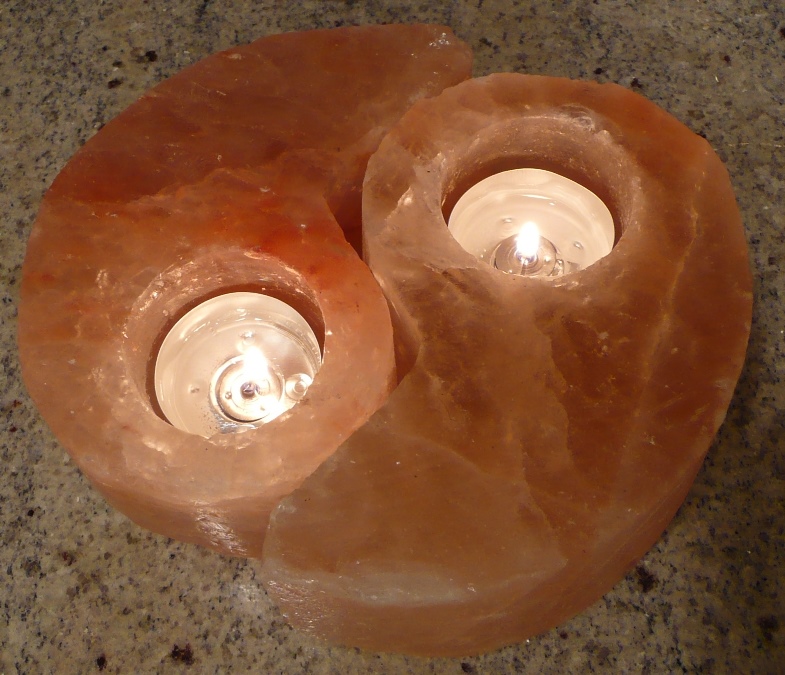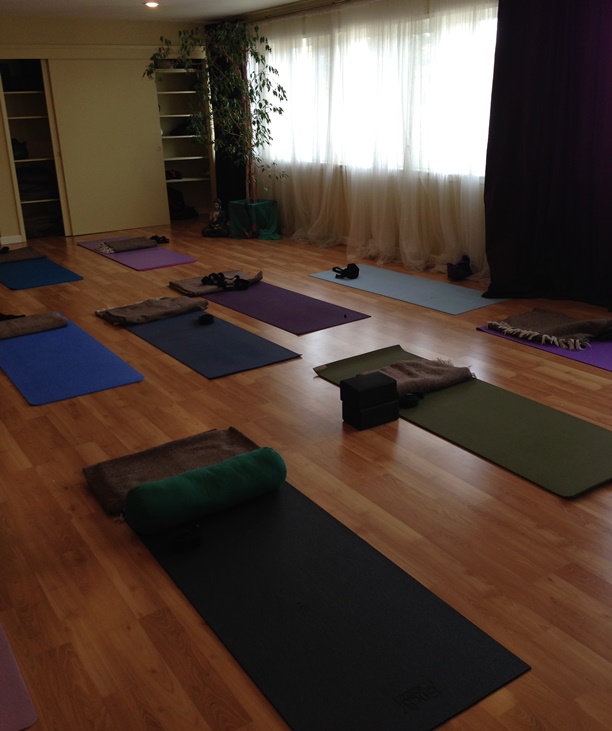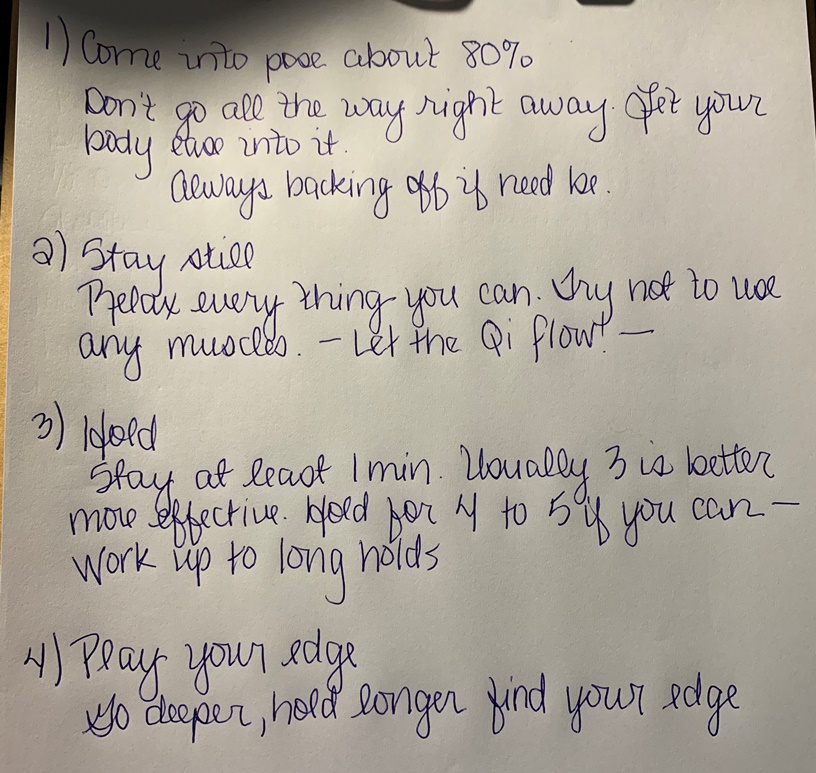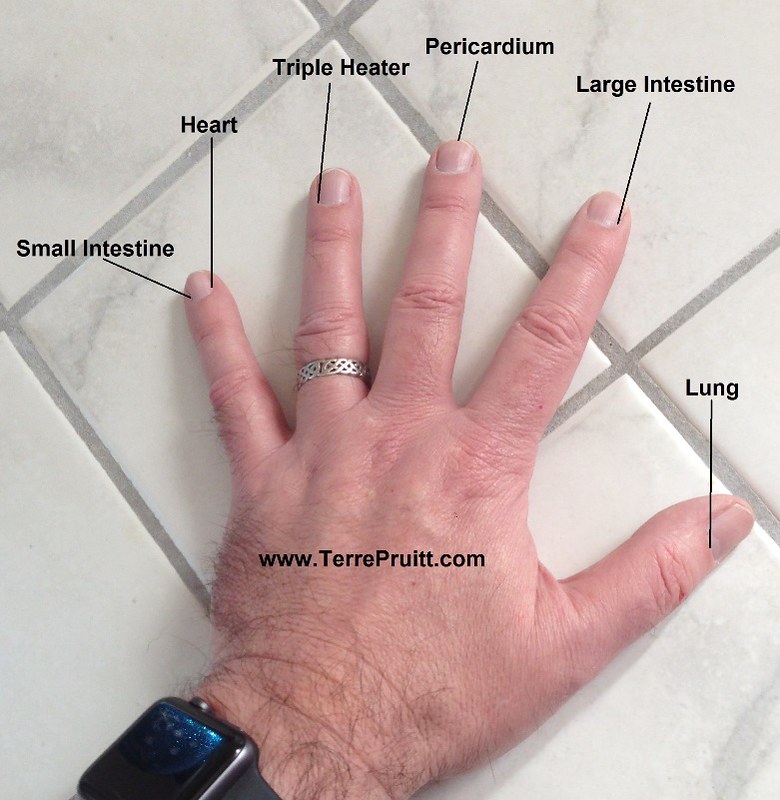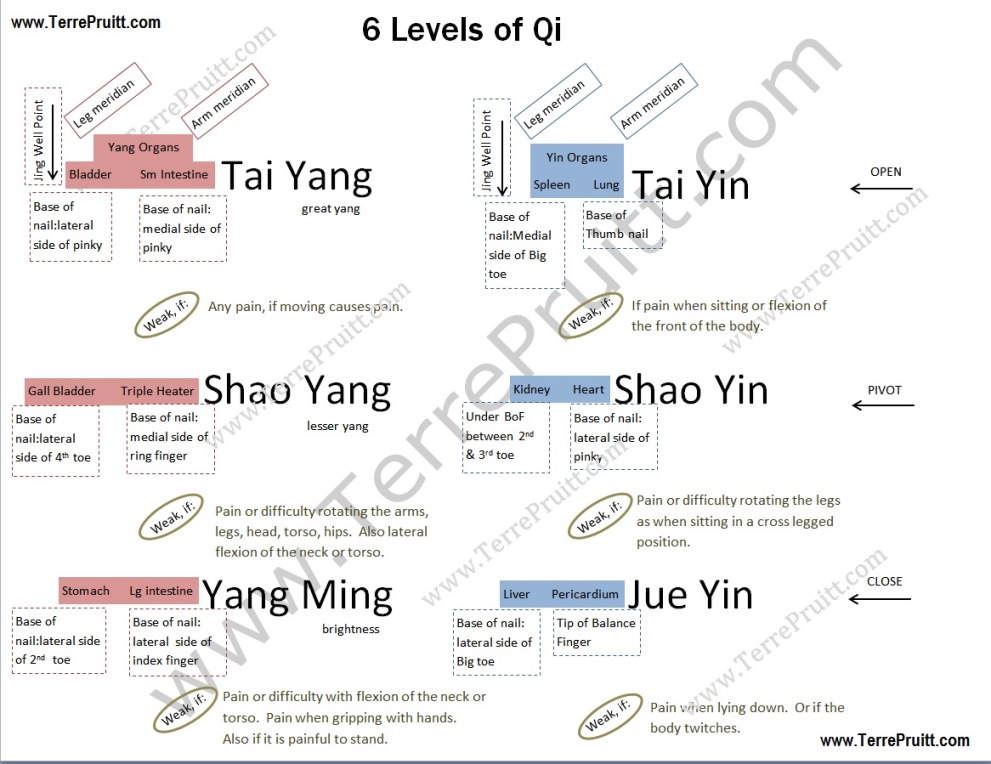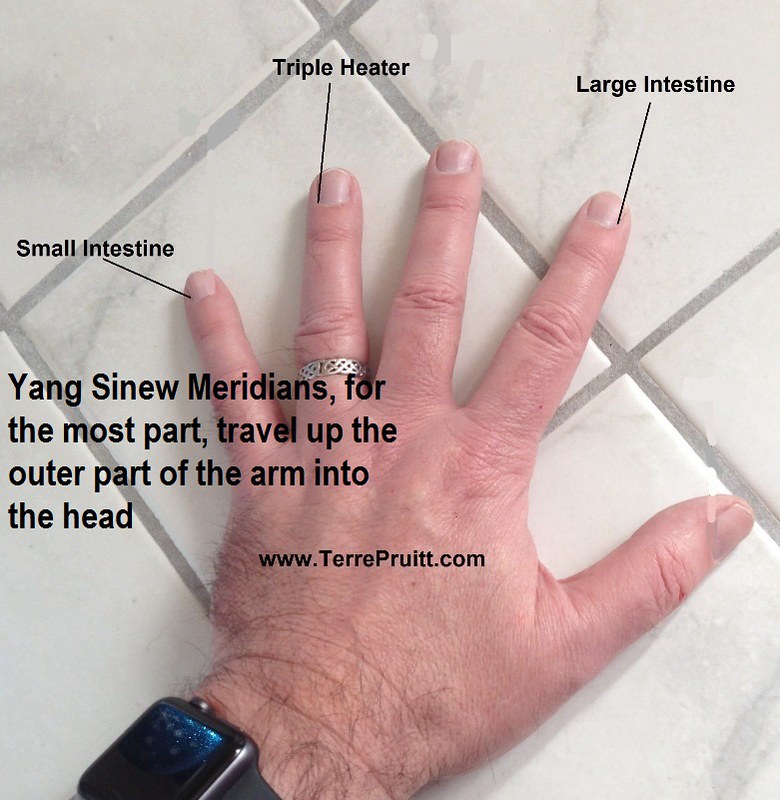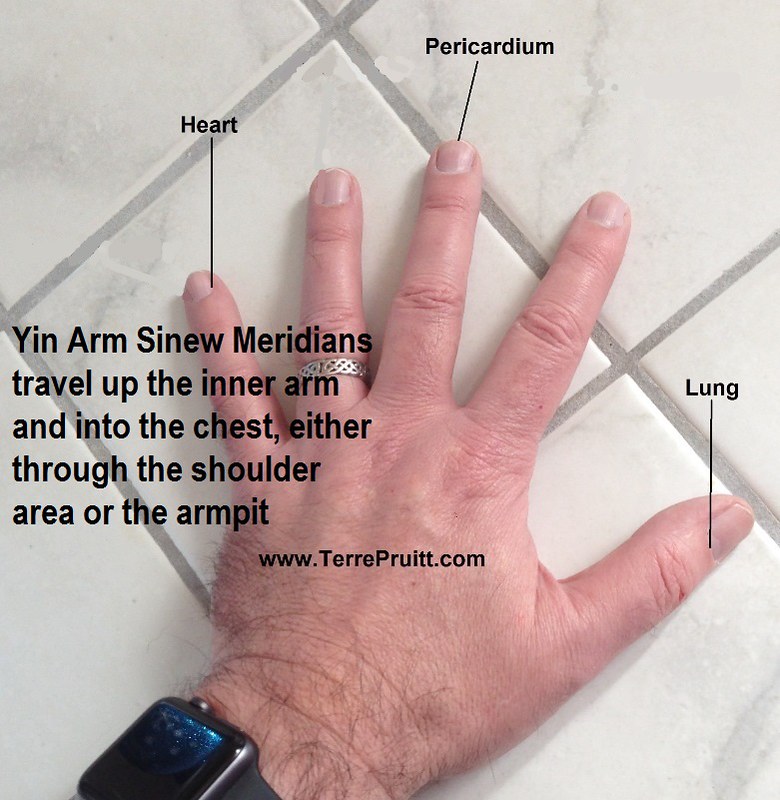Sometimes the day escapes me. I am not going out, but with all of the stuff happening online I am doing a lot of exploring of additional tools to use to make class registration automated, I am doing tests on Zoom for different ways to bring classes to students, I am having to move and rearrange our furniture on a daily basis . . . so a lot of time-consuming stuff. Not complaining, but explaining . . . explaining why I can’t keep up with my own self-imposed posting schedule. I should have posted this yesterday since I am offering a Pop-Up Class tomorrow (Friday, Nov. 20, 2020). This post has a dual purpose, to explain the difference between a Pop-UP and Pop-IN and to expound a bit on Yin Yoga.
POP-UP VS POP-IN
What is a Pop-Up Class? For me, it is a class that is not on my regular schedule. In many cases with many different things a Pop-Up can happen rather quickly – it pops up – but for me, I am usually talking about it a couple days in advance so it is not a quick spur of the moment thing, but it is not a regularly scheduled thing.
Now, the Pop-UP is different than the Pop-In. The pop-in is quick (under 30 minute). So far we have had three pop-ins where we reviewed katas in a song from a Nia routine and then danced the song. It isn’t something where there is the structure of a regular Nia class (or yoga class or stretch class). It is quick – you can just pop-in. I have ideas to do other type of pop-ins maybe a quick stretch or a yoga pose or two, but we will see. A Pop-UP is a class . . . with the actual class structure so popping in and out is not advised.
Yin Yoga has long holds in order to affect the tissue involved. It is not about the muscle but about the connective tissue. Since the connective tissue is not as elastic as muscles it take a bit longer to effect, AT LEAST a minute. When introducing people to Yin Yoga I generally will not hold most poses but for a few seconds over a minute.
In addition to the four Tattvas of Yin Yoga another very important thing to remember is to get out of the poses SLOWLY. In some cases if you feel the pose is too much, it could be just a simple matter of backing off, not getting out of the pose . . . if that doesn’t work and you feel you need to get out of the pose you must do it slowly. When instructing I allow for a transitional period and that could be just as long as the hold. Think of it like when you sit for a long time and how it might not work to jump up, ya gotta ease into standing or repositioning yourself. That is the same with Yin . . . you are in a pose for a long time so it requires a long time to get out of it. If you need to get out of a pose before the instructors instructs the class to do so, do it slowly just as if the instructor is walking you through the transition.
Some of the poses we do in Yin Yoga are similar to the poses in yang yoga. I have probably mentioned how I used to be so frustrated that the Yin Yoga poses had different names then the Hatha yoga poses even though they are “the same” . . . but then I learned they are not the same. Yin Yoga instructors may even use the other name (non Yin) to help you get into the pose, but the intent is different. In yang yoga the focus is stretching and strengthening muscle but in Yin the intent is to affect the connective tissue and move the Qi. But so many people ask about Yin Poses I am going to say here – just to give people an idea – that we do poses similar to pigeon, sphinx, bound angle, and extended child’s pose, to name a few. Most Yin poses are done on the floor, so it is not as if you are going to be holding a Warrior II for five minutes.
Additionally, as a reminder Yin Yoga is not Restorative Yoga. Yin may be restorative like all yoga can be restorative, but it is not Restorative Yoga. Restorative Yoga is about relaxing and involves a lot of lying around. Yin is not about relaxing although it does require the muscles to relax.
Well, a really good way to see what Yin Yoga is like is to try it. For details regarding the Pop-Up Yin Yoga Class on Friday, November 20, 2020 please go to my website. Maybe I will see you there! (Update 11.28.20: This class has already occurred, but do check my site because we plan on doing more because they are so FUN!)
